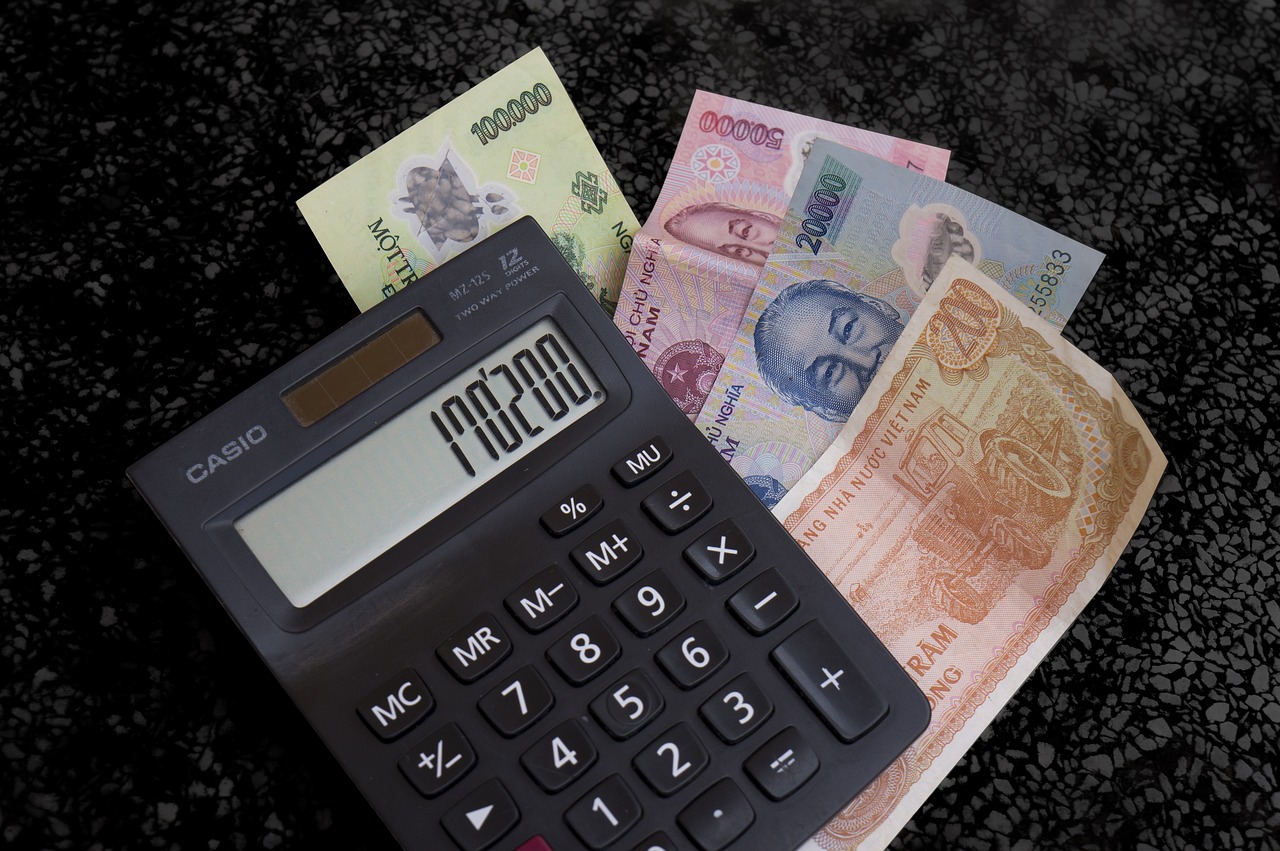Essential Guide to Secure and Flexible Money Transfers: Card Use, Virtual Cards, Alternatives, and Speed vs Bank Transfers
GPT_Global - 2025-09-10 07:00:23.0 14
How do I ensure the security of my card details when sending money?
Ensuring the security of your card details when sending money is essential in today's digital age, where online fraud is a growing concern. To protect your financial information, always use a trusted and secure remittance service that employs strong encryption methods. Look for services with a secure website, indicated by “https” in the URL and a padlock icon in the address bar.
Another key factor is enabling two-factor authentication (2FA) whenever possible. This adds an extra layer of protection by requiring a second form of verification, such as a code sent to your phone. It’s also important to avoid using public Wi-Fi when making payments. Always use a secure, private network to prevent hackers from intercepting your data.
Lastly, regularly monitor your bank statements and remittance account for any unusual activity. If you notice anything suspicious, report it to your provider immediately. By following these best practices, you can ensure that your card details remain safe while sending money online.

Can I send money to someone without their card number, using my own card details?
In the world of remittance services, many people wonder whether it’s possible to send money to someone without needing their card number, using just their own card details. The answer is yes! Several remittance platforms offer ways to send funds to a recipient without requiring their card number directly.
Typically, these platforms use alternative methods like email addresses, mobile phone numbers, or bank account details to complete the transfer. All you need is the recipient’s details, and your own card details for payment. This simplifies the process, making it more accessible for those who may not have access to traditional banking systems or card numbers.
Services like PayPal, Venmo, and others use this system to facilitate money transfers. Additionally, some platforms offer the option to send funds to a recipient's wallet or app, which they can later withdraw to their bank or card account. This adds flexibility and ease to global money transfers, making it simple for individuals to send money across borders without complicated requirements.
By using the right remittance service, you can confidently send money to loved ones, ensuring secure and timely transfers without needing card numbers.
Are there any alternatives to using a card number for transferring money?
In today’s digital age, sending money across borders is easier than ever, but many people still rely on traditional card numbers for remittance. However, there are alternative methods to transfer money that offer speed, security, and convenience without needing a card number.
One popular alternative is using mobile wallets. Apps like PayPal, Venmo, and Google Pay allow users to transfer funds instantly using just their email or phone number. These services provide a secure platform to send money to anyone globally without needing a credit or debit card number.
Another option is bank transfers, where funds can be directly moved from one account to another without using card numbers. This method is reliable for large transactions and often comes with lower fees, especially when transferring between accounts within the same bank or across partnered institutions.
Cryptocurrency is also emerging as a powerful alternative, offering fast and low-cost transactions across borders. Cryptocurrencies like Bitcoin and Ethereum allow users to send money globally without relying on traditional financial systems, eliminating card numbers entirely.
With these alternatives, remittance businesses can offer a variety of secure and efficient solutions for sending money without relying on card numbers. These options provide flexibility and can enhance the remittance experience for users.
How do I cancel or reverse a payment made using a card number?
When sending money internationally, mistakes can happen. One of the most common concerns is how to cancel or reverse a payment made using a card number. Acting quickly is essential, as financial institutions and remittance providers process transactions fast to ensure smooth transfers.
If you realize that an error has occurred, such as sending money to the wrong recipient or entering the wrong amount, the first step is to contact your remittance service provider immediately. Provide details like the transaction ID, card number used, and recipient information. The faster you report the issue, the higher the chance of stopping or reversing the payment before it is finalized.
In cases where the payment has already been processed, you may still be able to request a chargeback through your card issuer. This process allows cardholders to dispute a transaction and potentially recover funds. Keep in mind that policies differ depending on the provider, and not all transactions can be reversed once completed. Always review payment details carefully before confirming transfers to minimize the need for cancellations.
Ultimately, prevention is the best strategy. Double-check recipient details, amounts, and payment methods before sending money. By being cautious, you can avoid the stress of trying to reverse a payment and ensure safe, efficient remittance transactions.
Can I use a virtual card to send money online?
In today’s digital world, many people are turning to virtual cards as a secure and convenient way to manage online transactions. If you're wondering, "Can I use a virtual card to send money online?" the answer is yes! Virtual cards can be used for a variety of online payments, including remittance services. These cards work just like traditional ones but without a physical card being issued. This makes them a popular choice for those who prefer secure, disposable payment methods.
Virtual cards offer many benefits when sending money internationally. They can be linked to your bank account or a payment platform, providing a quick and seamless way to transfer funds. Many remittance services now accept virtual cards, allowing users to send money easily from anywhere in the world. It’s essential, however, to ensure that the remittance provider supports virtual card payments before proceeding with the transaction.
With added security measures like virtual card numbers that are often temporary, you can protect your financial details while sending money. Whether you're sending money to family or friends overseas, using a virtual card can simplify the process and enhance security.
How can I send money to a person who does not have a bank account but uses a card?
Sending money to someone who doesn’t have a bank account but uses a card can be a challenge, but there are several convenient methods for remittance. One option is to use services like PayPal or Venmo, which allow users to link their debit or credit cards to their accounts. This way, the recipient can access the funds even without a bank account, directly using their card for payments or transfers.
Another method is through money transfer services such as Western Union or MoneyGram. These services enable you to send funds to the recipient’s card via a direct transfer. They also allow the person to pick up cash in person at designated locations if they need immediate access.
Alternatively, some digital wallet services, like Google Pay or Apple Pay, offer easy ways to send money using only the recipient's card number. This digital route provides quick and safe transactions, ensuring the recipient can use the funds with minimal hassle.
By utilizing these services, sending money to a person without a bank account is straightforward, offering flexibility and security for both the sender and recipient.
Is sending money via card number faster than traditional bank transfers?
Sending money across borders has become an essential service for individuals and businesses, with various transfer methods available. One common question that arises is whether sending money via card number is faster than traditional bank transfers. While both methods serve the same purpose, their speed and efficiency can vary.
Sending money through a card number is often faster than traditional bank transfers. With cards, the transaction can be completed in real-time or within a few minutes, depending on the service provider. This is due to the immediate processing capabilities of card networks like Visa and MasterCard. On the other hand, traditional bank transfers may take several business days, especially for international transfers, due to time zones, intermediaries, and verification processes.
In addition to speed, card payments offer greater convenience and accessibility, especially for customers who do not have bank accounts or prefer not to use them. However, it's important to consider that fees and exchange rates may vary between card-based payments and traditional bank transfers, impacting the overall cost of sending money.
In conclusion, while sending money via card number is generally faster than traditional bank transfers, the choice depends on your needs and the specific remittance service you choose.
About Panda Remit
Panda Remit is committed to providing global users with more convenient, safe, reliable, and affordable online cross-border remittance services。
International remittance services from more than 30 countries/regions around the world are now available: including Japan, Hong Kong, Europe, the United States, Australia, and other markets, and are recognized and trusted by millions of users around the world.
Visit Panda Remit Official Website or Download PandaRemit App, to learn more about remittance info.



